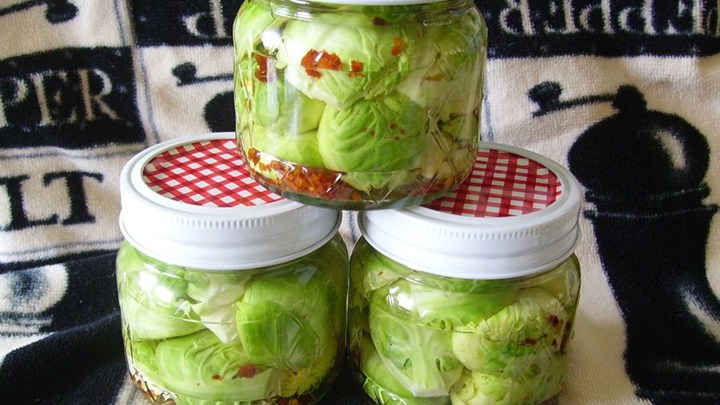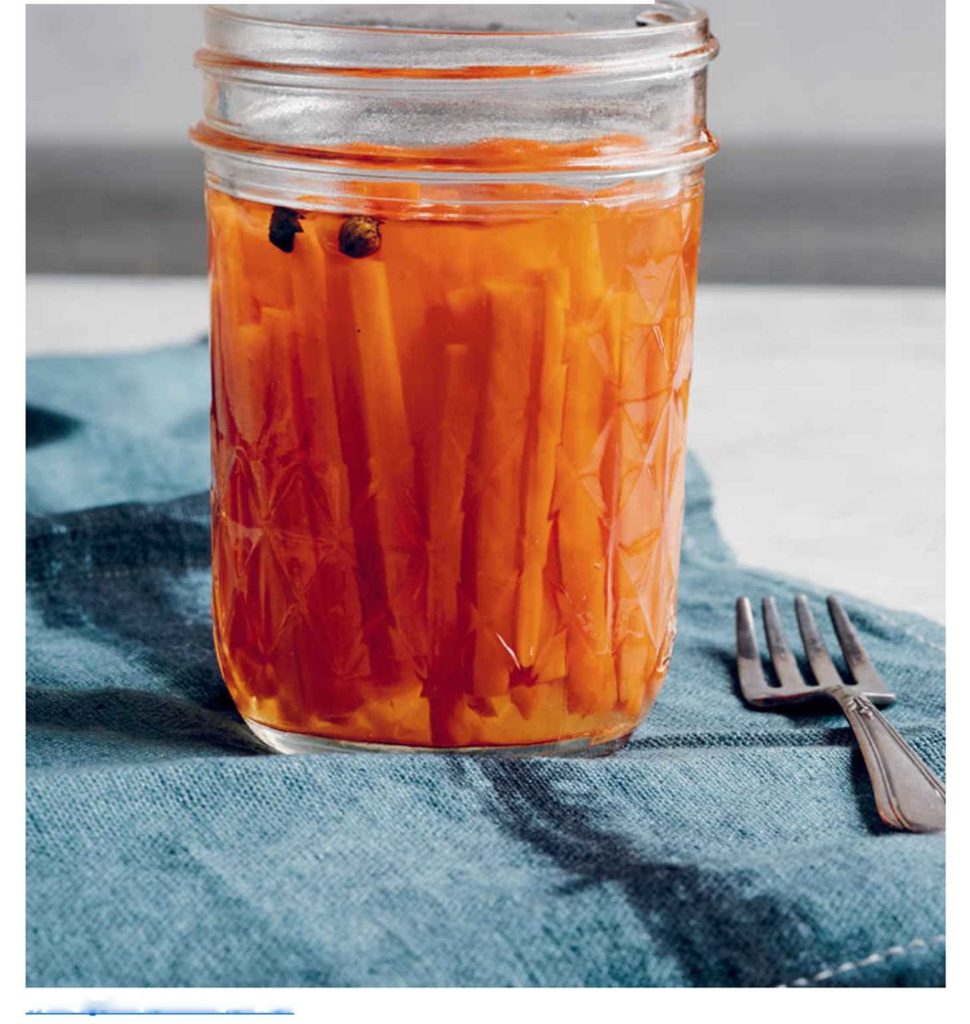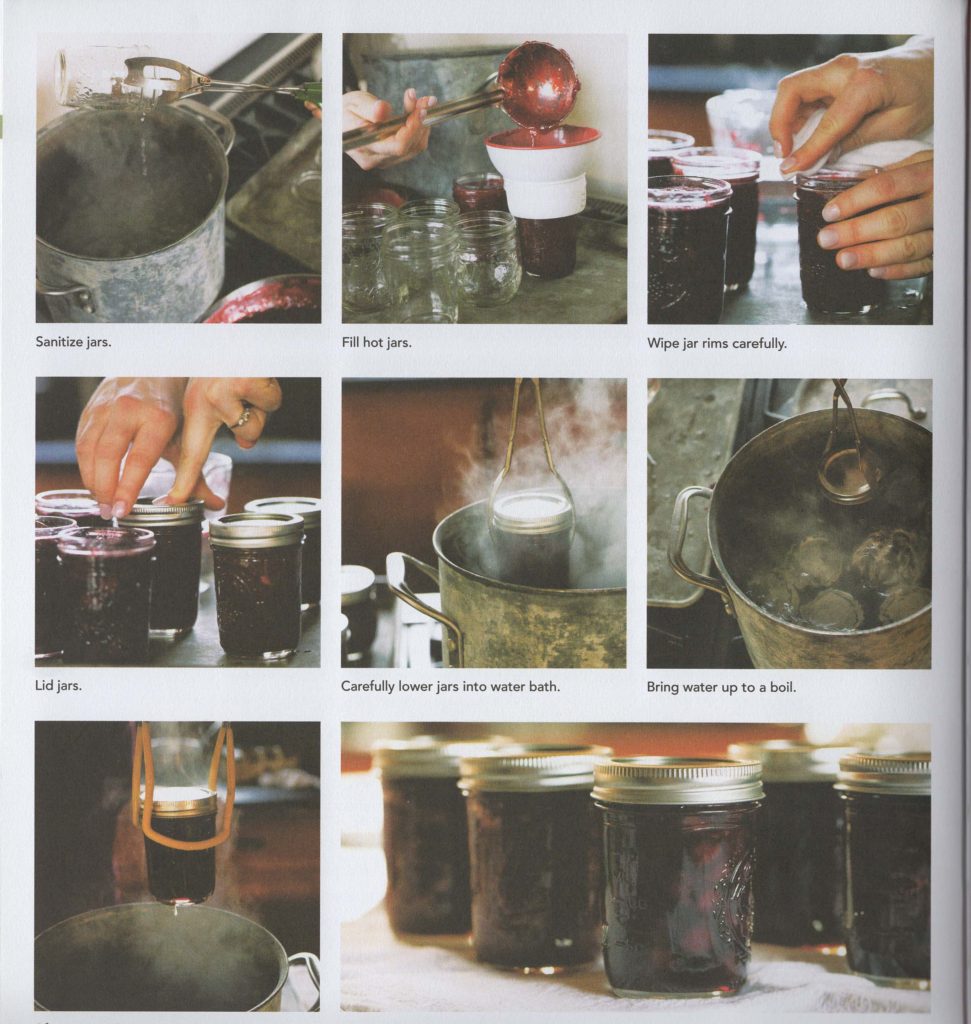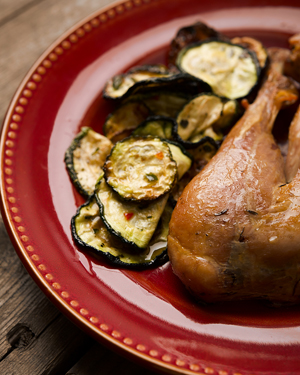Basic Herbal Jelly
Basic Herbal Jelly
1 C. of apple juice
2 C. of herbal infusion
2 tsp. lemon juice
4 C. sugar
1 package pectin
6 fresh sprigs of herbs for the jars
Proceed with the jelly directions on the box of pectin. Place a fresh herb sprig or flower into each jar.
Infusion:Â To make an infusion, simply bring 2 C. of water to a boil, and take off the heat. Add a generous handful of herbs to the pan, put on the cover, and let cool to room temperature. Strain off the herbs and measure out 2 C.
Basil (sweet) – basil and water infusion (add 2 T. cloves for spicy flavor), strain.
Cinnamon/cherry juice (make infusion with ¼ C. crushed cinnamon), strain.
Clove/tangerine juice (make infusion with ¼ C. crushed cloves), strain.
Fennel – fennel and water infusion, add vinegar for all or part of the lemon juice.
Lemon balm with red grape juice.
Lemon thyme with white grape juice.
Lemon verbena and lemonade.
Marjoram and grapefruit juice.
Mint with water or apple juice.
Parsley with water or dry white wine.
Sage with cider or apple juice.
Savory and cranberry juice.
Scented geranium with water or apple juice.
Sweet woodruff and white wine.
Tarragon and white wine or with water (add vinegar).
Thyme and purple grape juice.
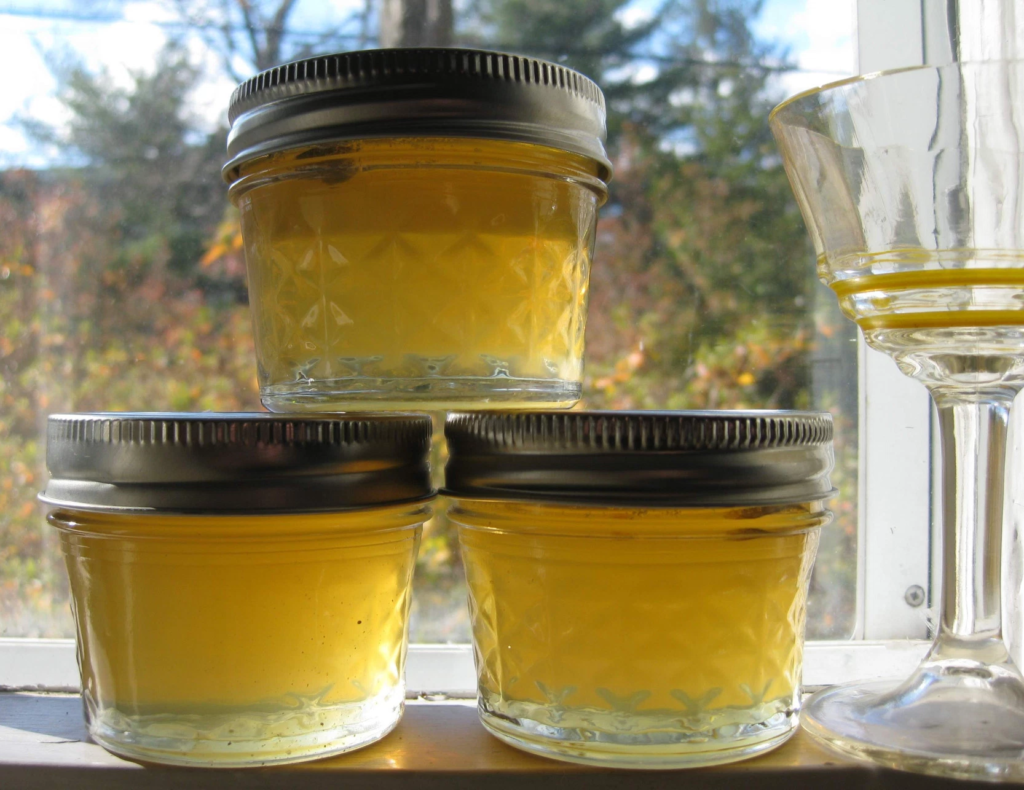
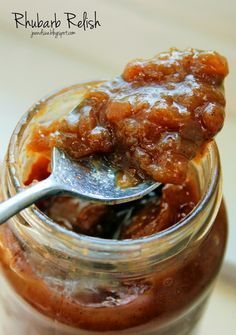
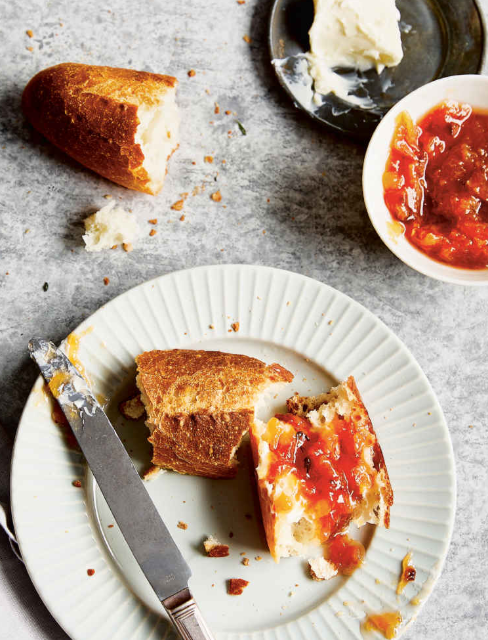
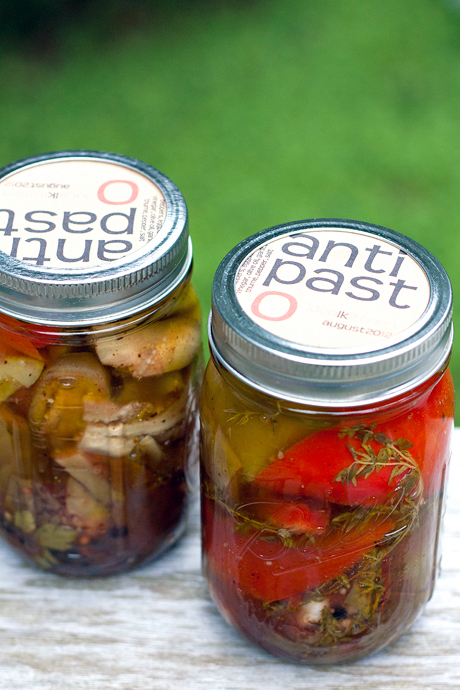
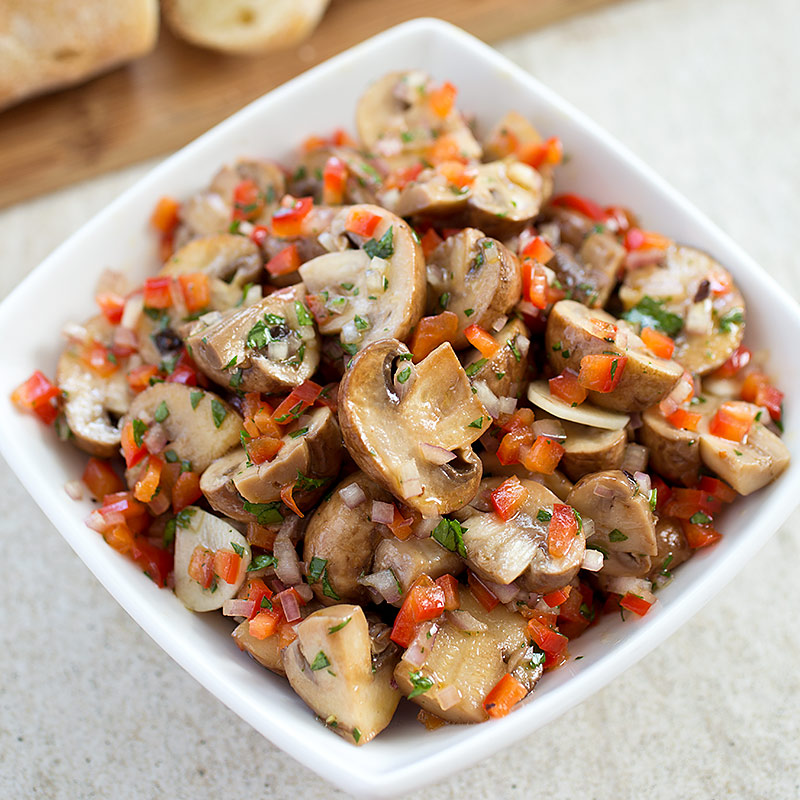
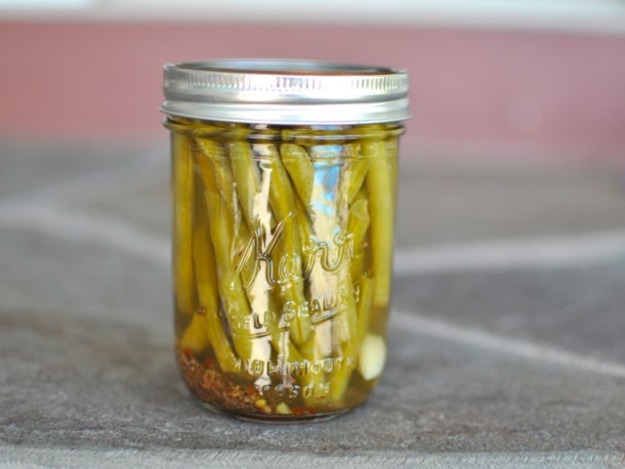

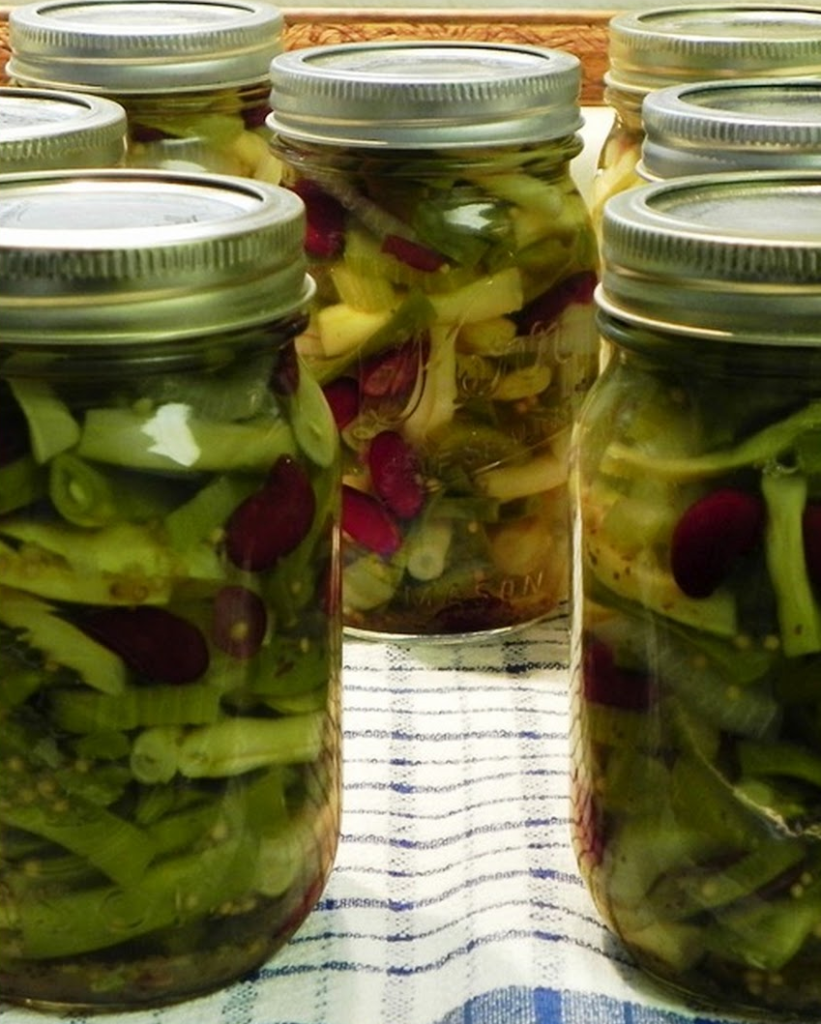
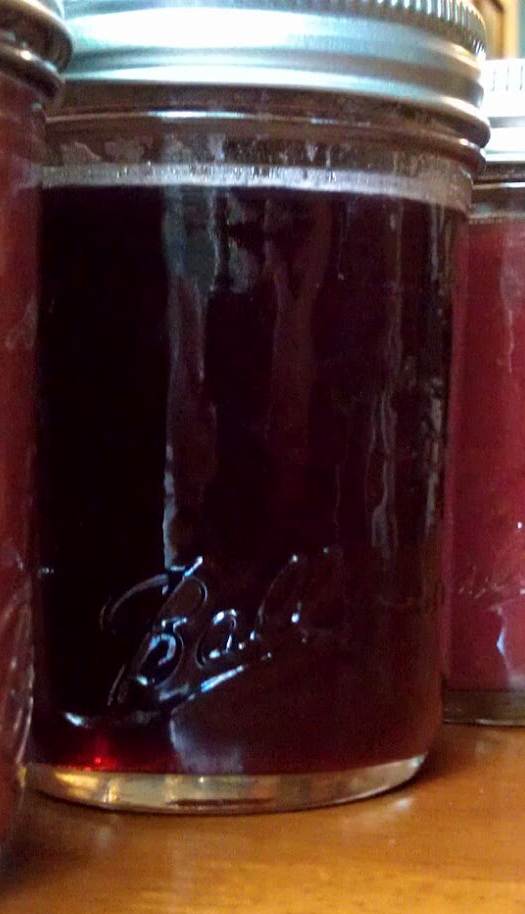
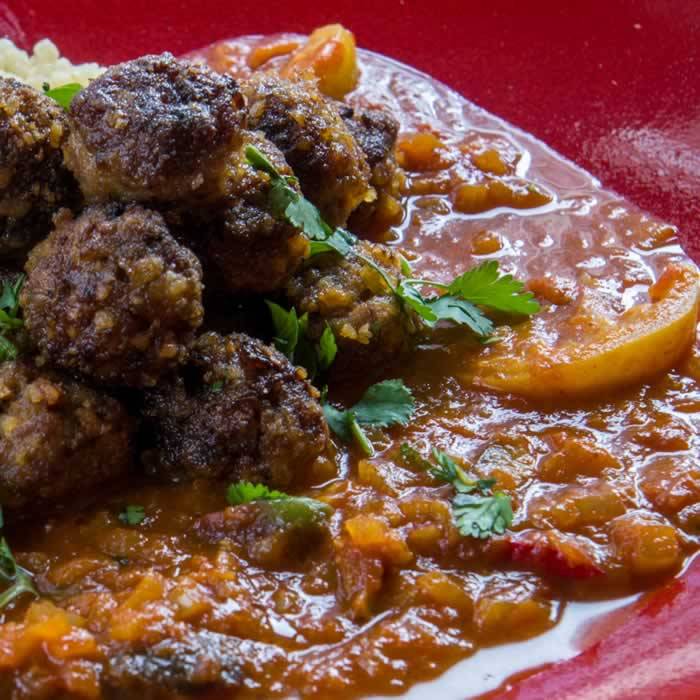

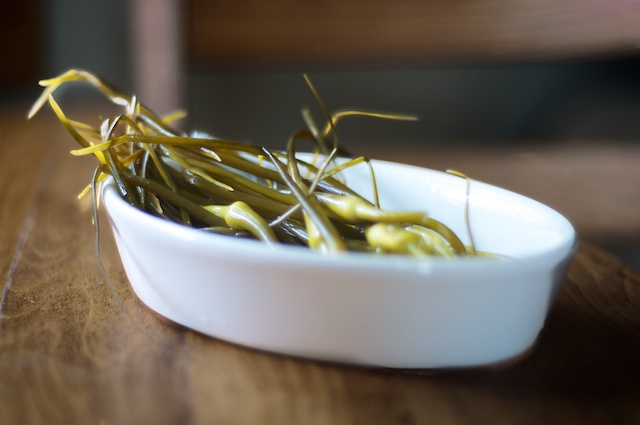
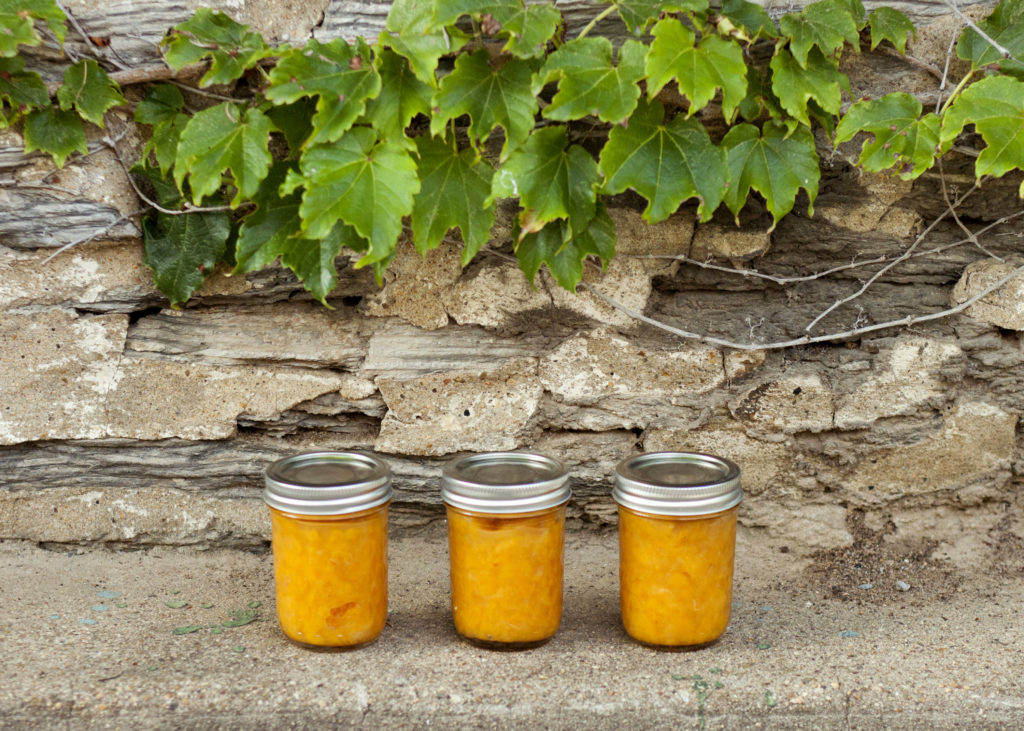
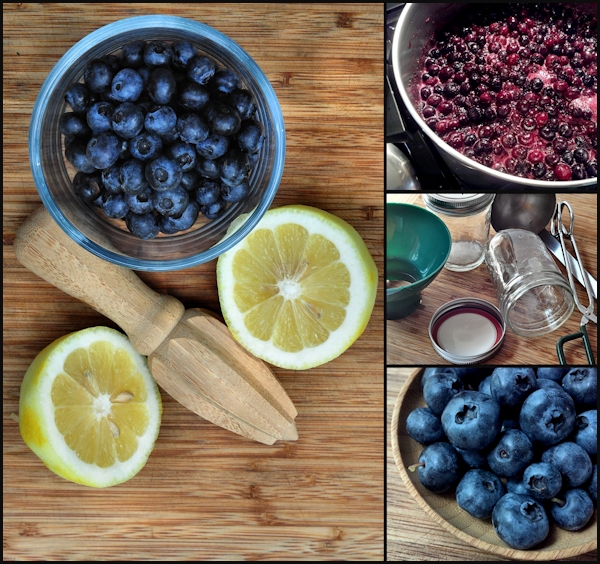
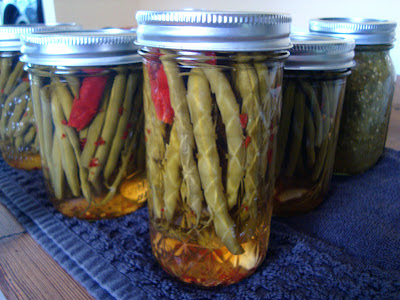

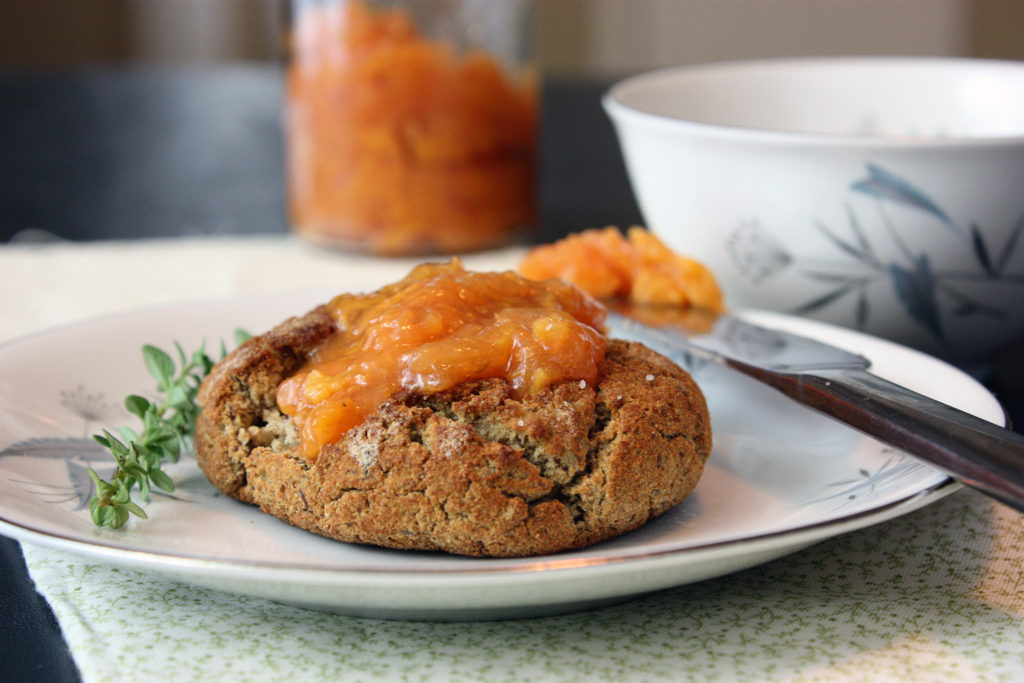

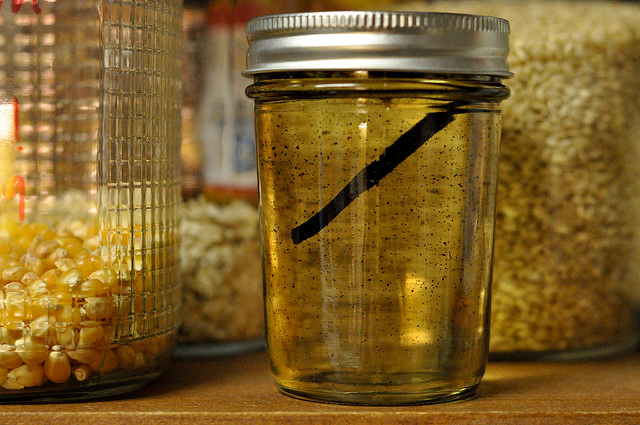

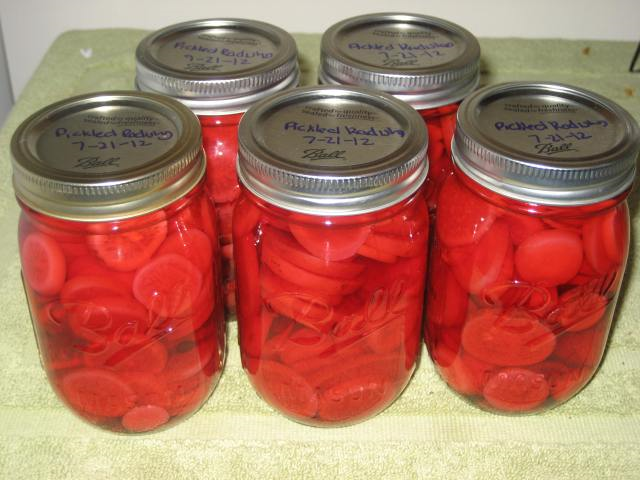

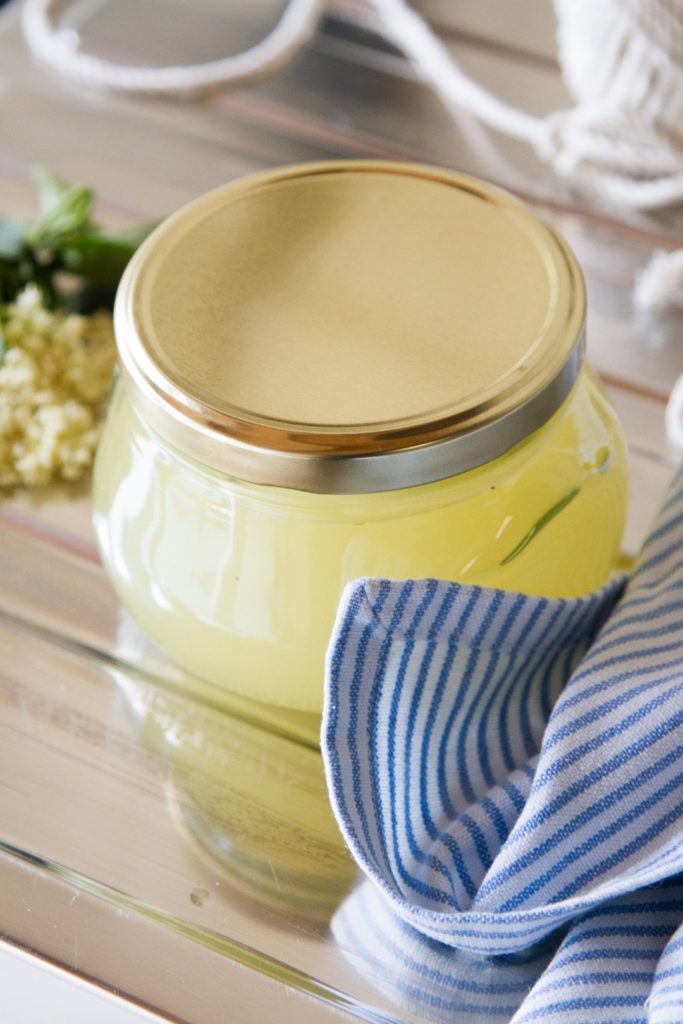

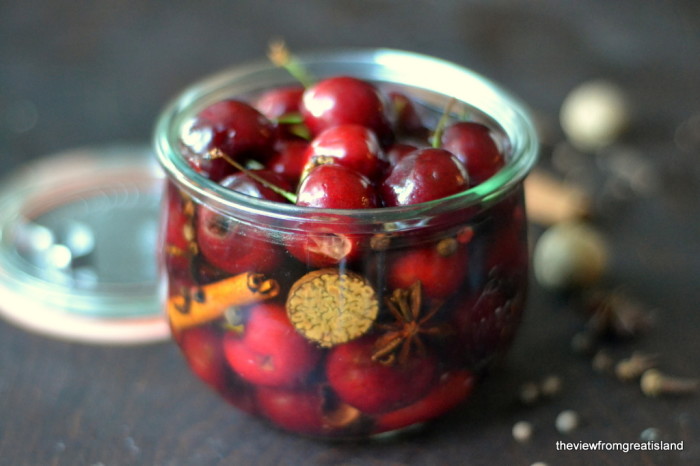
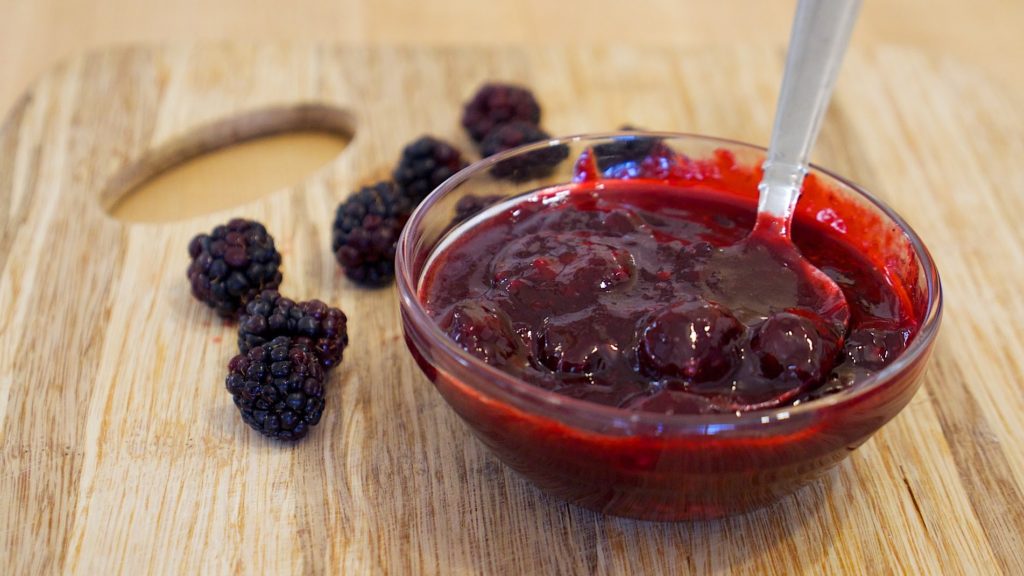


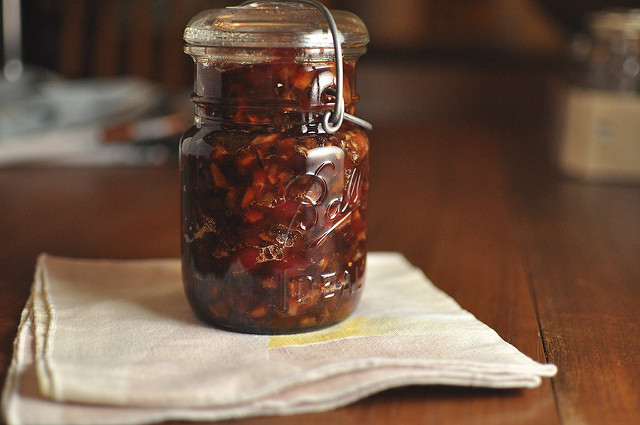

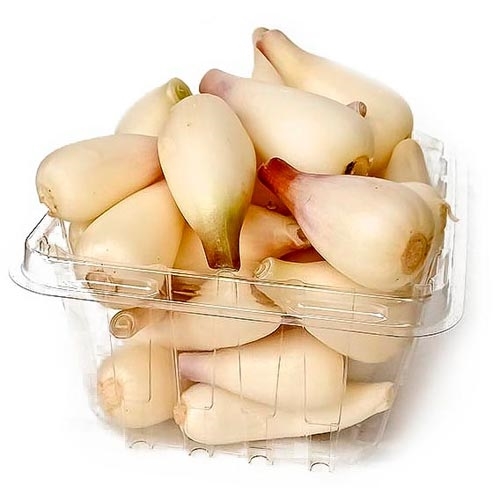
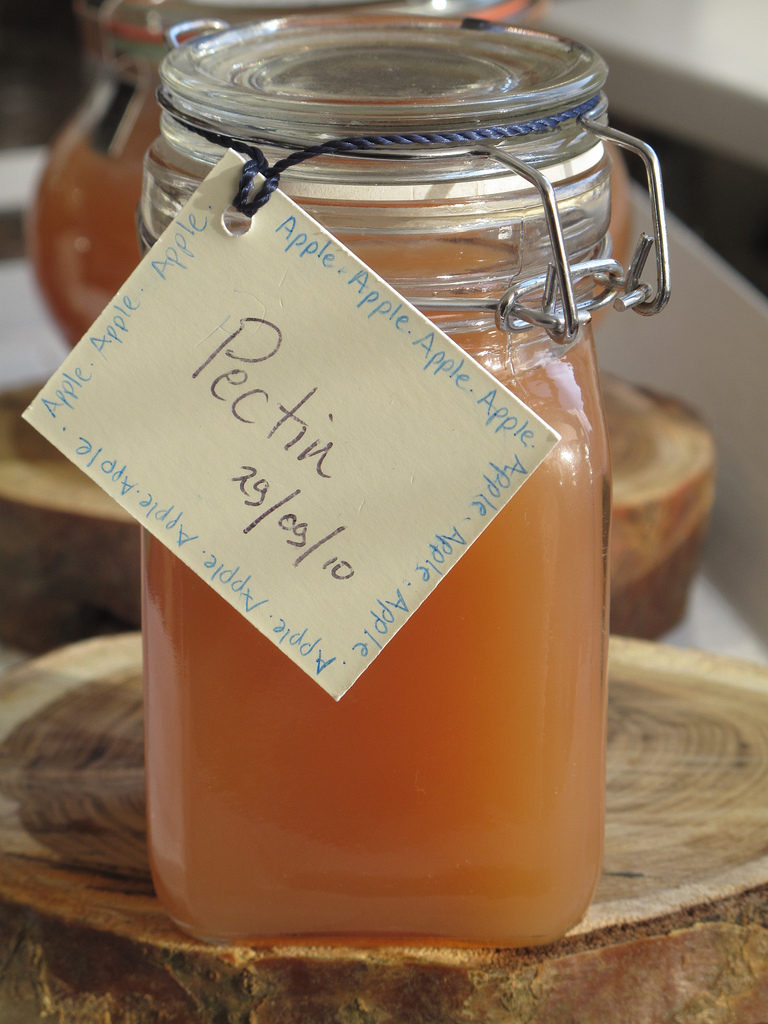
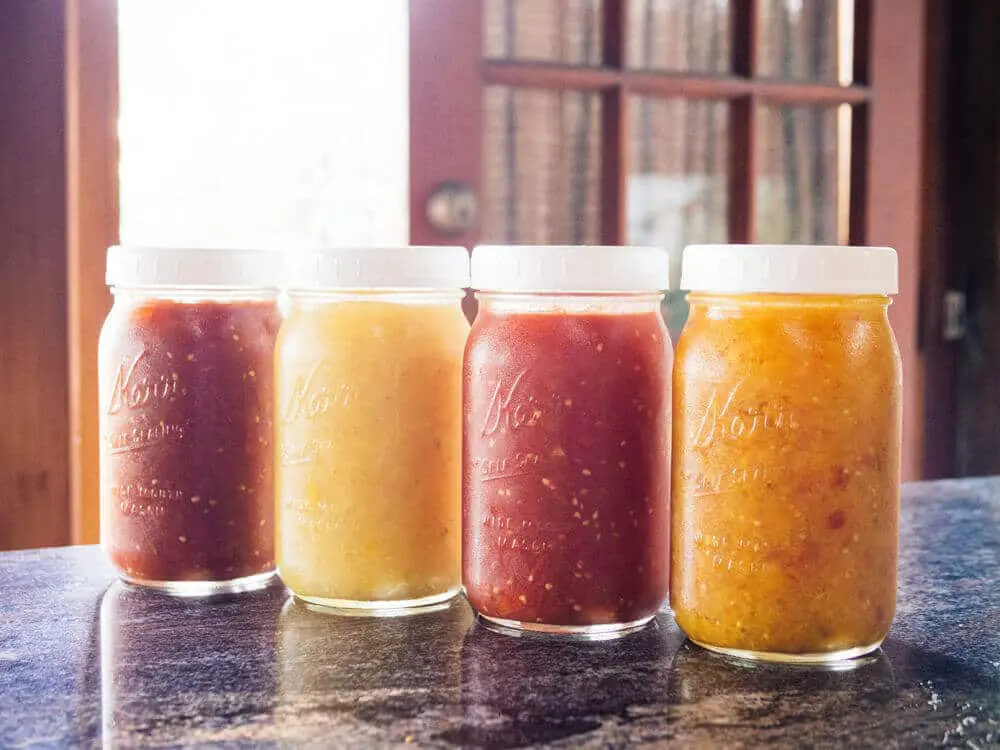 Easy Peasy Tomato Sauce
Easy Peasy Tomato Sauce